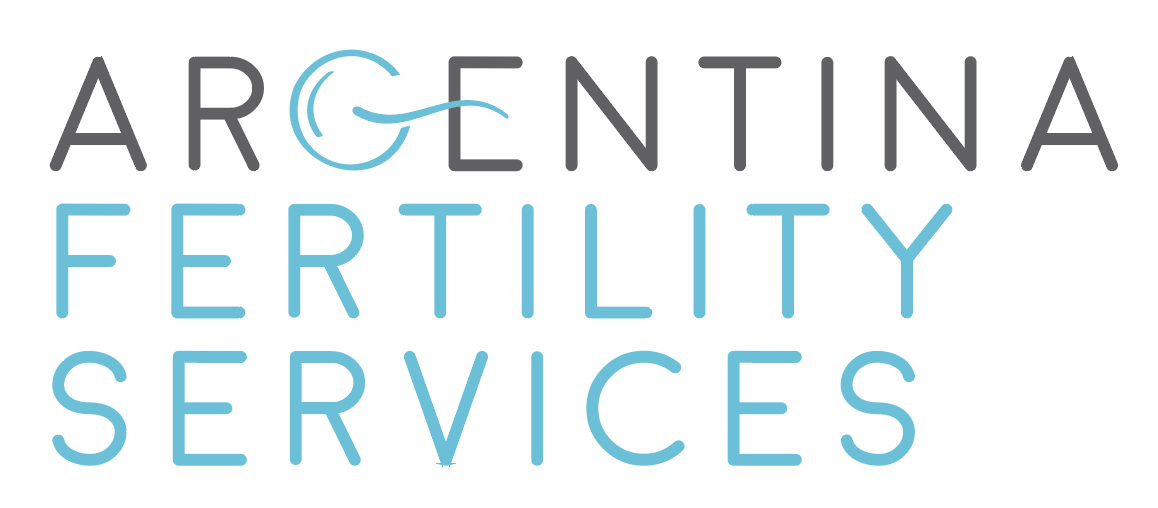DONOR EGGS
Through our organization, OVOGENETIC, we manage the largest pool of egg donors in the country in order to provide a wider selection and improve matching between the donor and the recipient. Our large data base of vitrified donor eggs and of active egg donors allows for rapid treatment. There is virtually no delay in getting the appropriate donor.
Donors are chosen primarily according to physical traits and/or patients’ preferences and our laboratory uses pictures to compare facial features in order to provide a donor with the closest resemblance to the recipient. Our donors are anonymous, for the most part, and wish to remain so.
Nevertheless, some donors agree to have their identity disclosed to adults born through their eggs (identity release donors). Furthermore, we also have vitrified eggs from donors that are posted on our website OVOGENETIC with their pictures (as children, adolescents and current) along with their physical features and personal information. We Believe choosing the egg donor through pictures can be important for patients with specific needs. Our personalized egg donor search program is certainly a plus for those still looking for the `ideal donor´.
Our donors are between 21 and 33 years old and undergo a comprehensive medical evaluation (both physically and psychologically), complete a genetic questionnaire, and are subjected to a number of tests in order to comply with regulations and suggestions of both local and international scientific societies.
These tests include routine lab work, Thalassemia, infectious disease panel, chromosome analysis, several mutations for Cystic Fibrosis, Spinal Muscular Atrophy and X fragile syndrome.
Some of our donors have undergone extensive carrier screening, what provides extra safety for some patients. In spite of this, there is always a minimum risk for a genetic defect (residual risk). The only way of avoiding this minimal risk includes PGT-A or PGS screening (genetic testing of the embryos obtained), although it is not usually performed in most cases. The reasons being that the donors are quite young, that most have given birth to at least one normal baby, and that many have already undergone comprehensive genetic screening, not to mention that PGT-A or PGS entail more time and money.*

